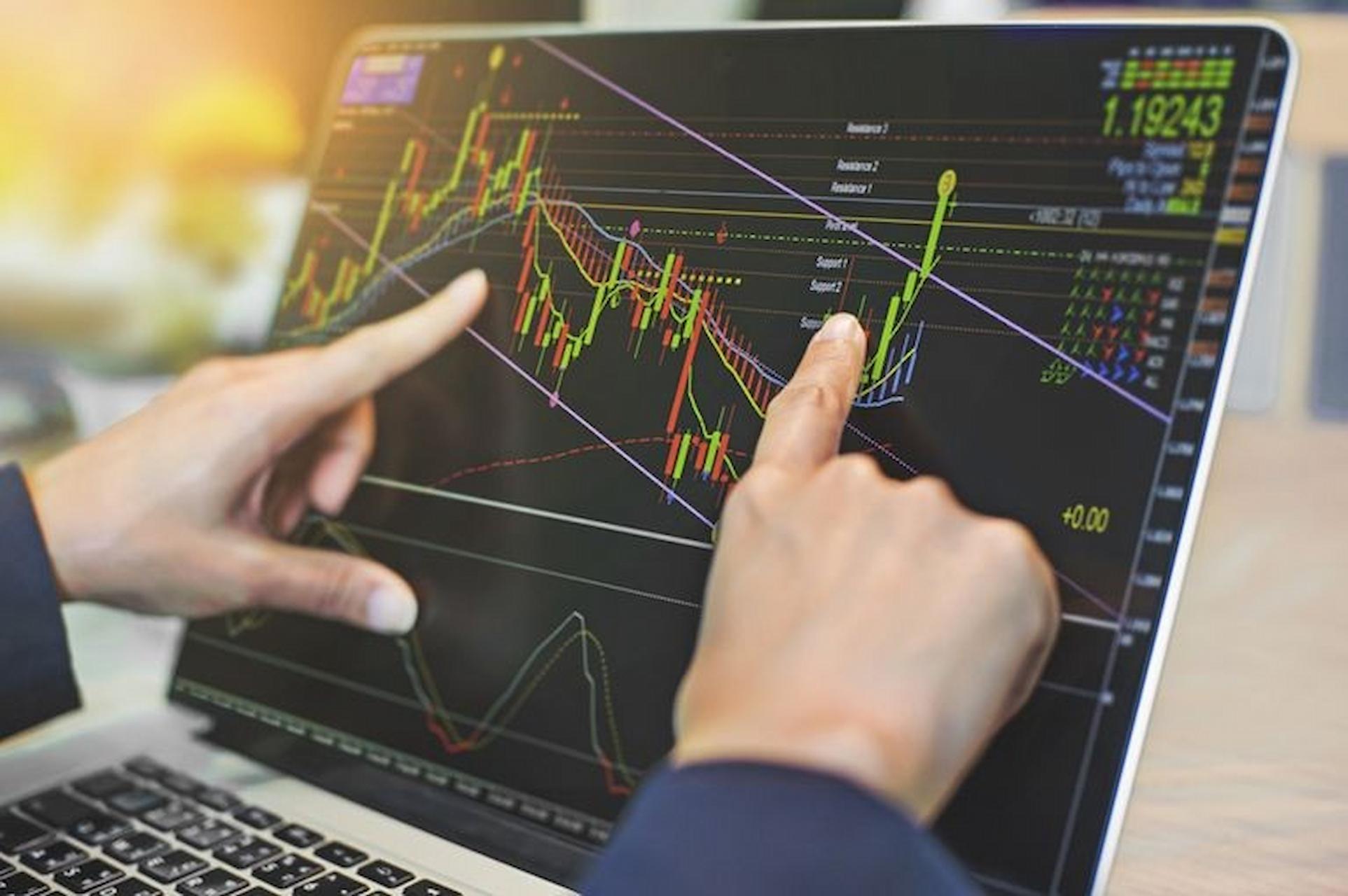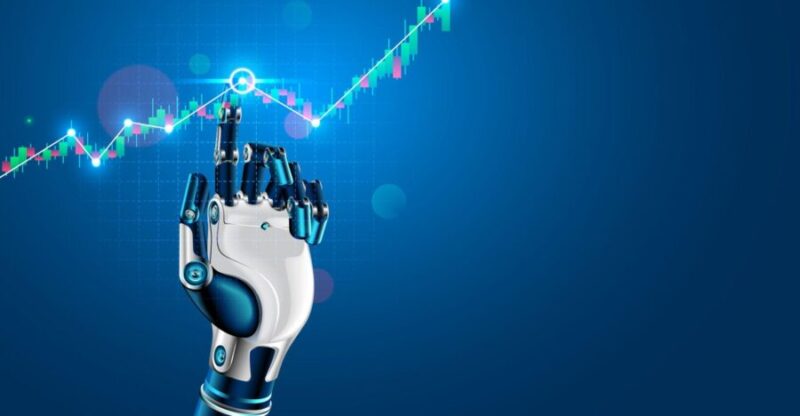In the dynamic world of trading, where markets are constantly evolving and opportunities can arise in the blink of an eye, the choice between manual and automated trading stands as a pivotal decision for many investors. Manual trading offers a hands-on approach, allowing traders to leverage their instincts, knowledge, and emotional intelligence as they navigate the complexities of market movements.
Yet, the allure of automated trading, with its promise of precision and efficiency, beckons those who seek to capitalize on every fraction of market fluctuation without the fatigue of constant vigilance. This article delves into the nuanced differences between these two approaches, exploring their unique advantages and potential pitfalls, ultimately illuminating how each method can shape trading strategies in today’s high-stakes financial landscape.
Whether you’re a seasoned trader or just starting, understanding these distinctions is essential for tailoring your trading style to fit your individual goals and risk tolerance.
Execution Speed

Execution speed is a decisive factor that sharply distinguishes manual trading from its automated counterpart. In the realm of finance, where seconds can mean the difference between profit and loss, automated trading systems operate with unmatched efficiency, executing orders within milliseconds.
Imagine a sophisticated algorithm scanning market conditions, evaluating multiple indicators, and placing trades—all while a human trader might still be contemplating the latest news headline. This is where the power of automation shines, consistently outperforming manual processes that are hampered by human delays.
While a traders intuition and experience can guide decisions, they cannot compete with the relentless tempo of machines programmed for lightning-fast trades. Thus, when time is of the essence, automated trading emerges as the superior choice, poised to capitalize on fleeting opportunities that a manual approach could easily miss.
Emotional Factors

Emotional factors play a pivotal role in the debate between manual and automated trading, as they can significantly influence decision-making and outcomes. Traders leveraging manual methods often find themselves swayed by their emotions—fear, greed, and even overconfidence can cloud judgment in the heat of the market.
For instance, a sudden market drop might provoke panic selling, while soaring prices might lead to reckless buying. Conversely, automated trading systems are designed to operate devoid of these emotional biases, executing trades based solely on data and pre-defined algorithms.
However, even automated systems are not immune to the emotional intricacies inherent in trading; developers and traders alike must grapple with the anxieties surrounding their systems’ performance and the financial stakes involved. Ultimately, striking a balance between emotional awareness and calculated strategies can mean the difference between profitability and loss in the world of trading.
Strategy Development

In the realm of trading, strategy development serves as the cornerstone upon which both manual and automated approaches are built, each reflecting a unique philosophical stance toward market engagement. Manual traders often thrive on intuition, meticulously analyzing charts and news while employing a personalized tactic tailored to their psychological tolerance.
Each decision is a dance, sometimes erratic yet profoundly human, punctuated by that exhilarating rush of spontaneity. Conversely, automated trading systems capitalize on algorithms, executing trades based on pre-defined parameters and complex statistical analyses.
These systems churn through vast arrays of data at lightning speed, enabling them to seize opportunities that a human might overlook. Here, emotion is stripped away, replaced by a cold, calculated efficiency.
Ultimately, the essence of strategy development hinges not just on the tools employed but on the underlying philosophy guiding the traders approach to the ever-evolving market landscape.
Conclusion
In conclusion, both manual and automated trading have their unique advantages and limitations, catering to different types of traders and investment strategies. Manual trading offers a level of control and adaptability that some traders find essential, allowing for quick decision-making based on current market conditions and personal intuition.
On the other hand, automated trading eliminates emotional biases and can execute trades with remarkable speed and efficiency, often utilizing smart automated trading strategies to capitalize on market opportunities without the influence of human error. Ultimately, the choice between manual and automated trading hinges on individual preferences, risk tolerance, and trading goals, encouraging traders to carefully assess their own methods in order to optimize their success in the financial markets.


